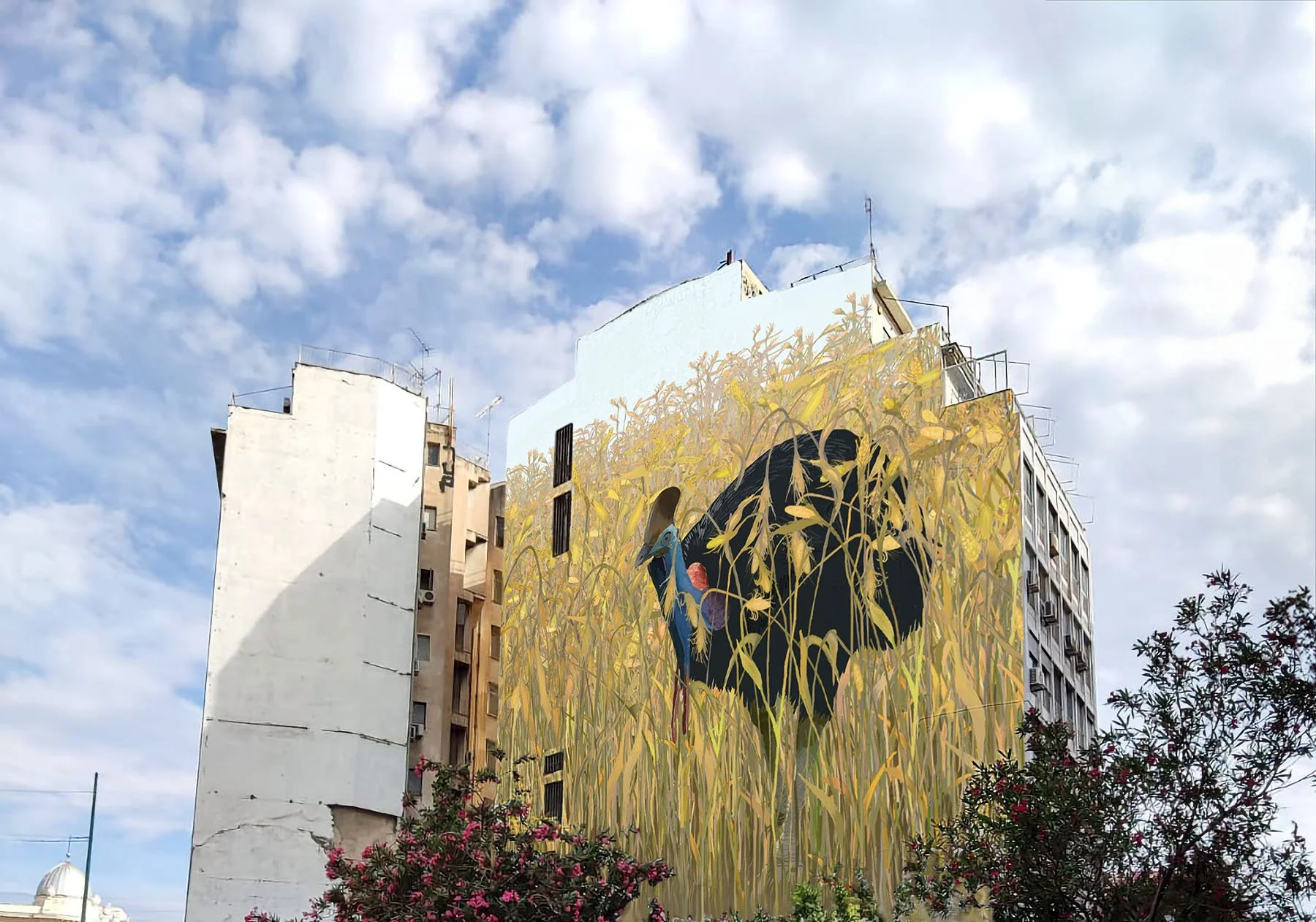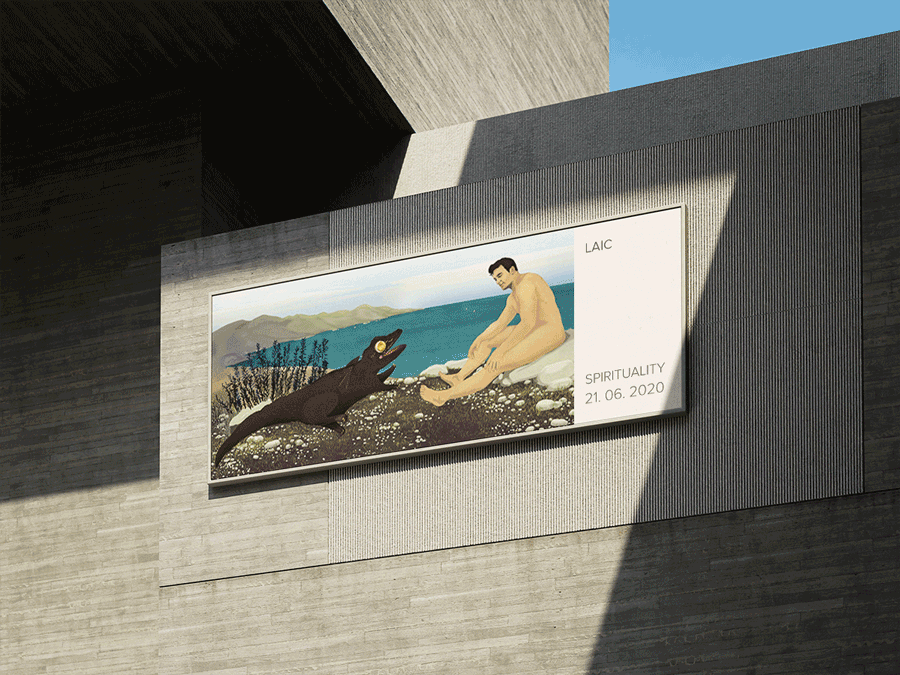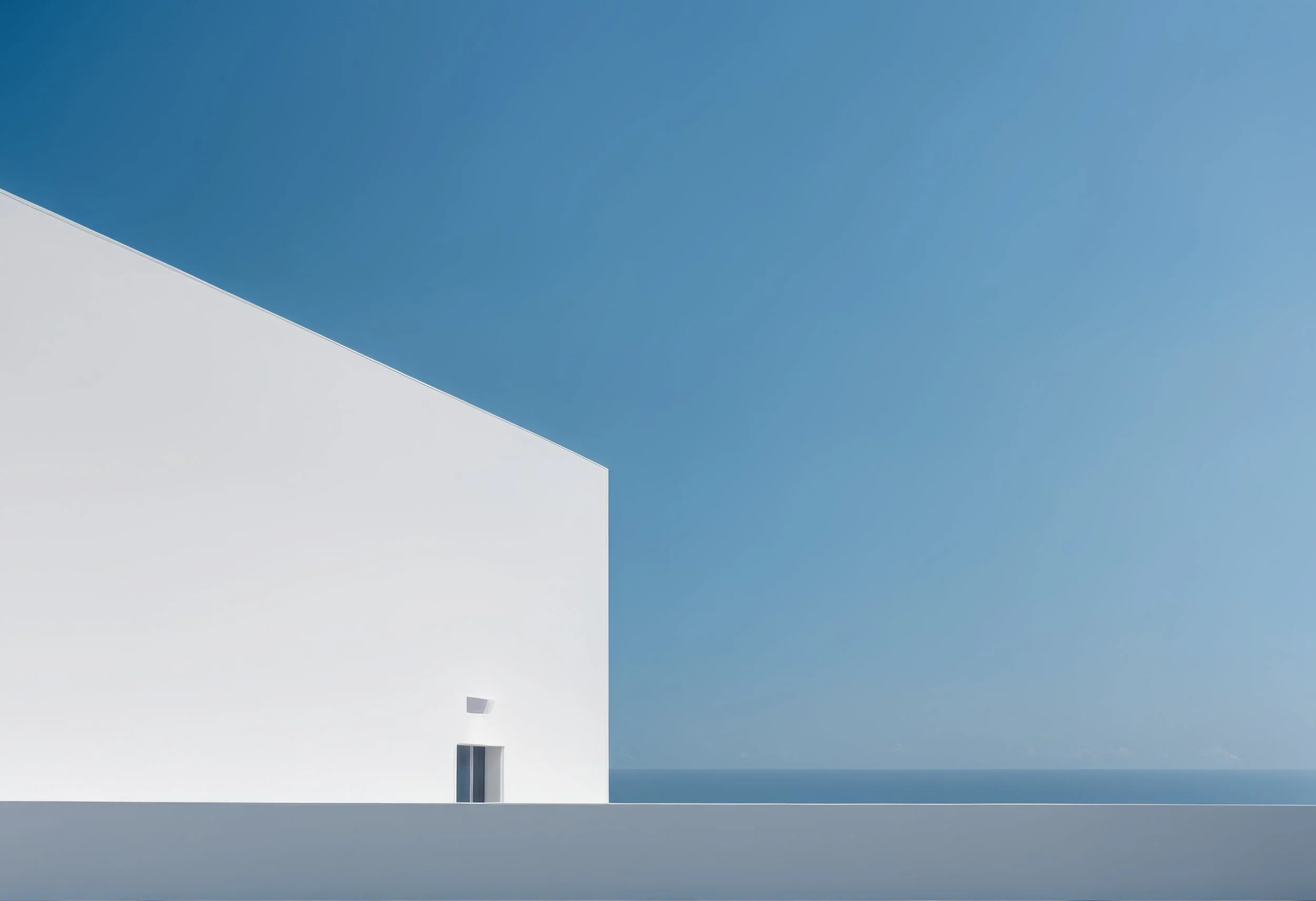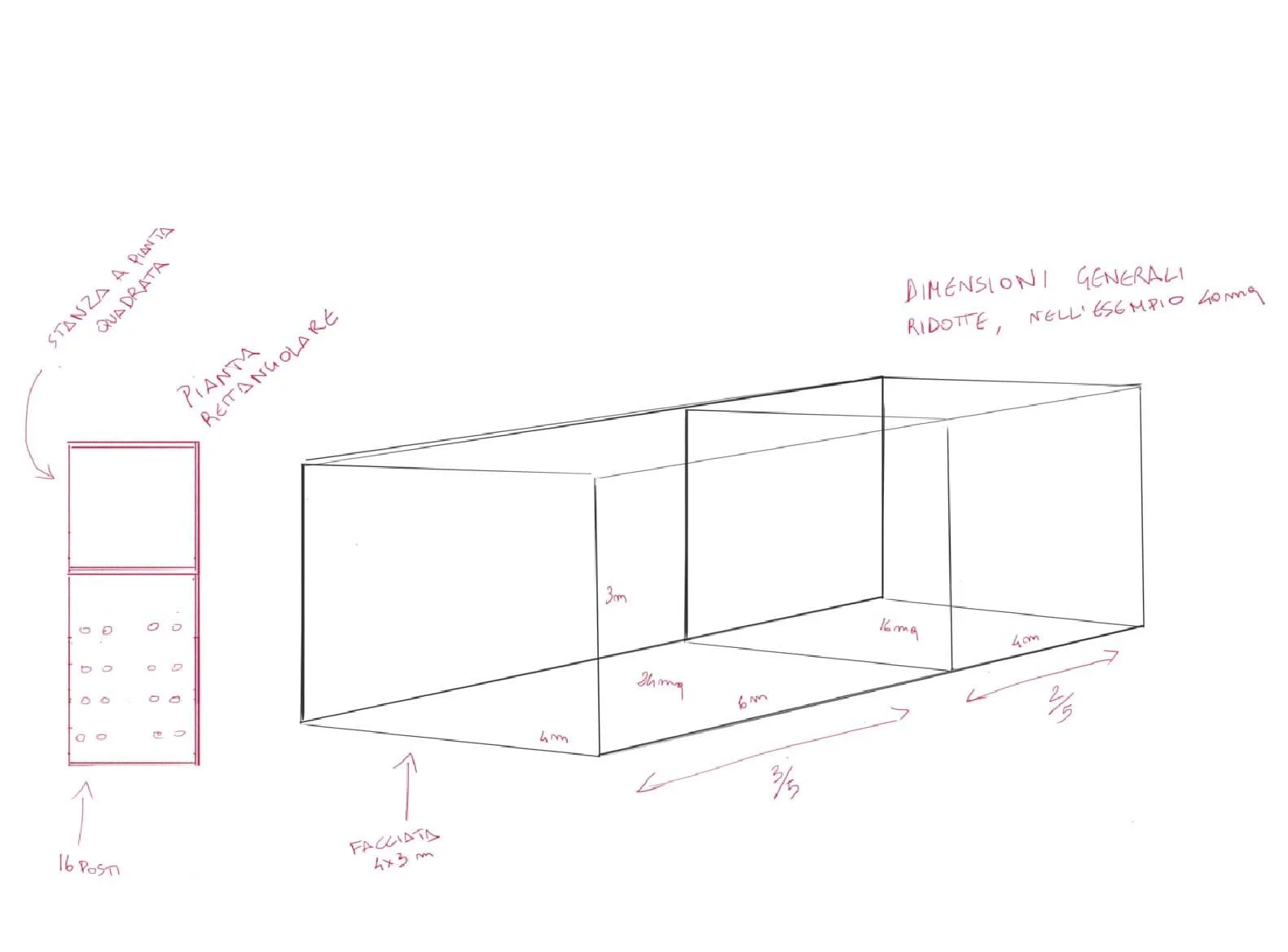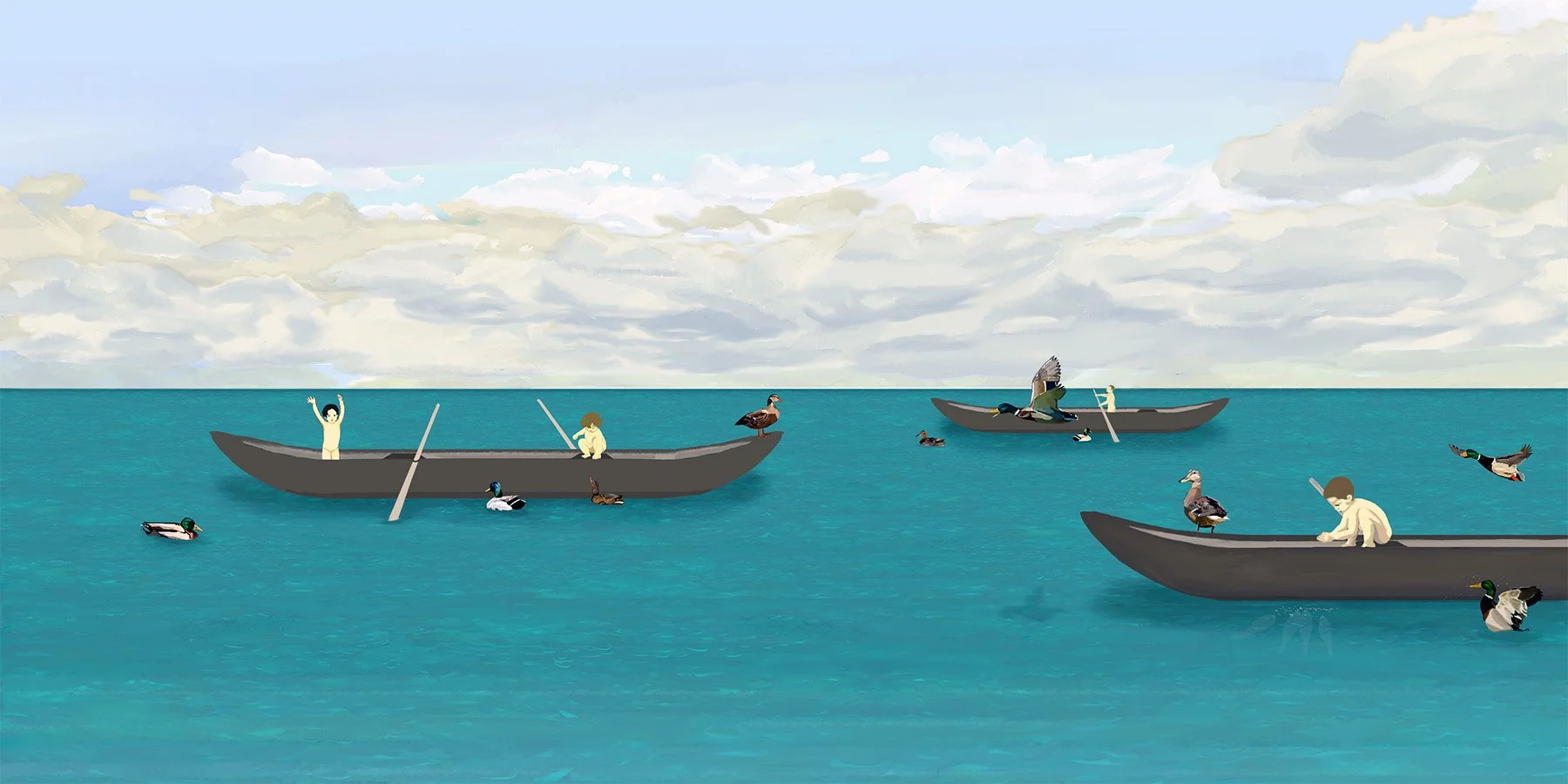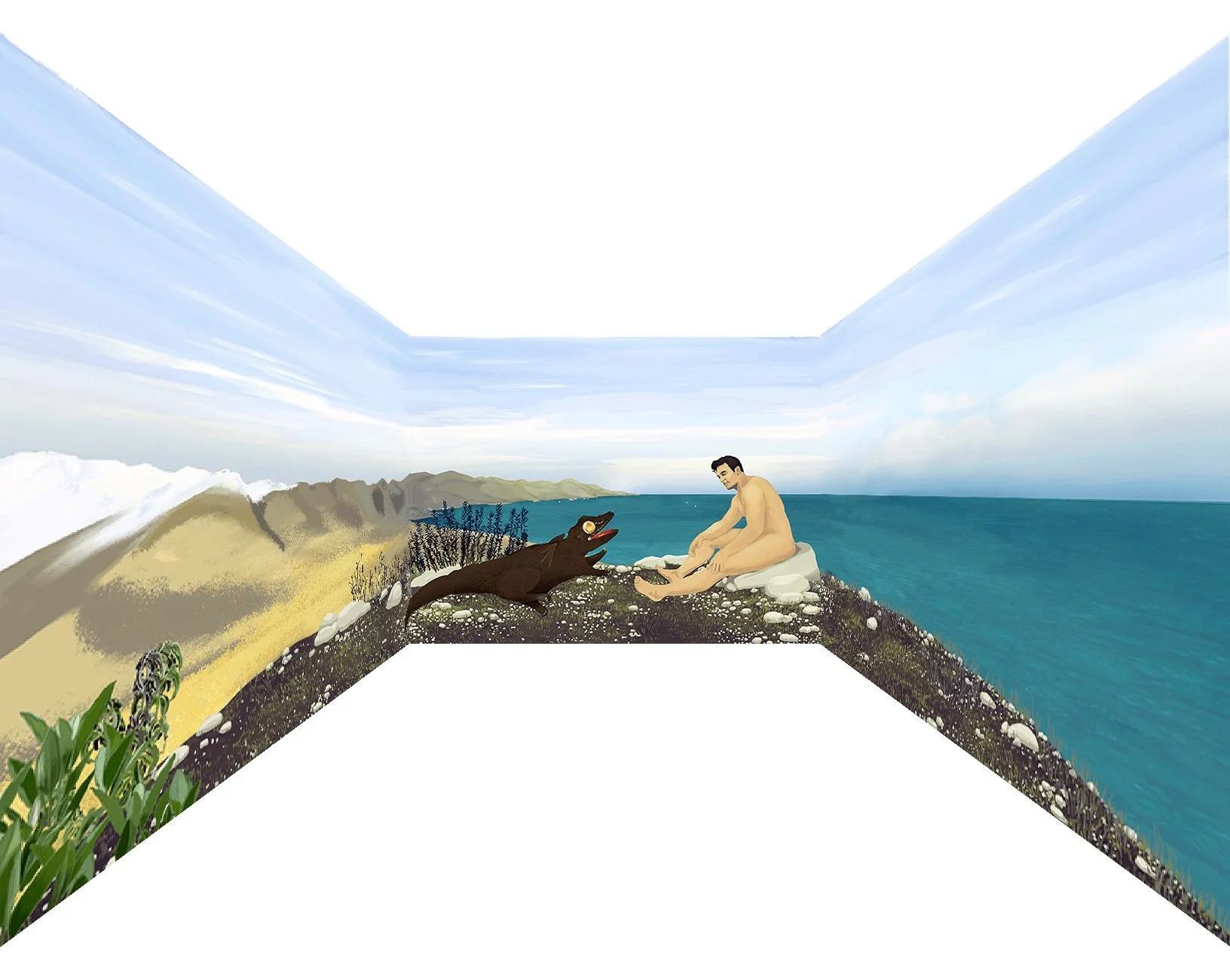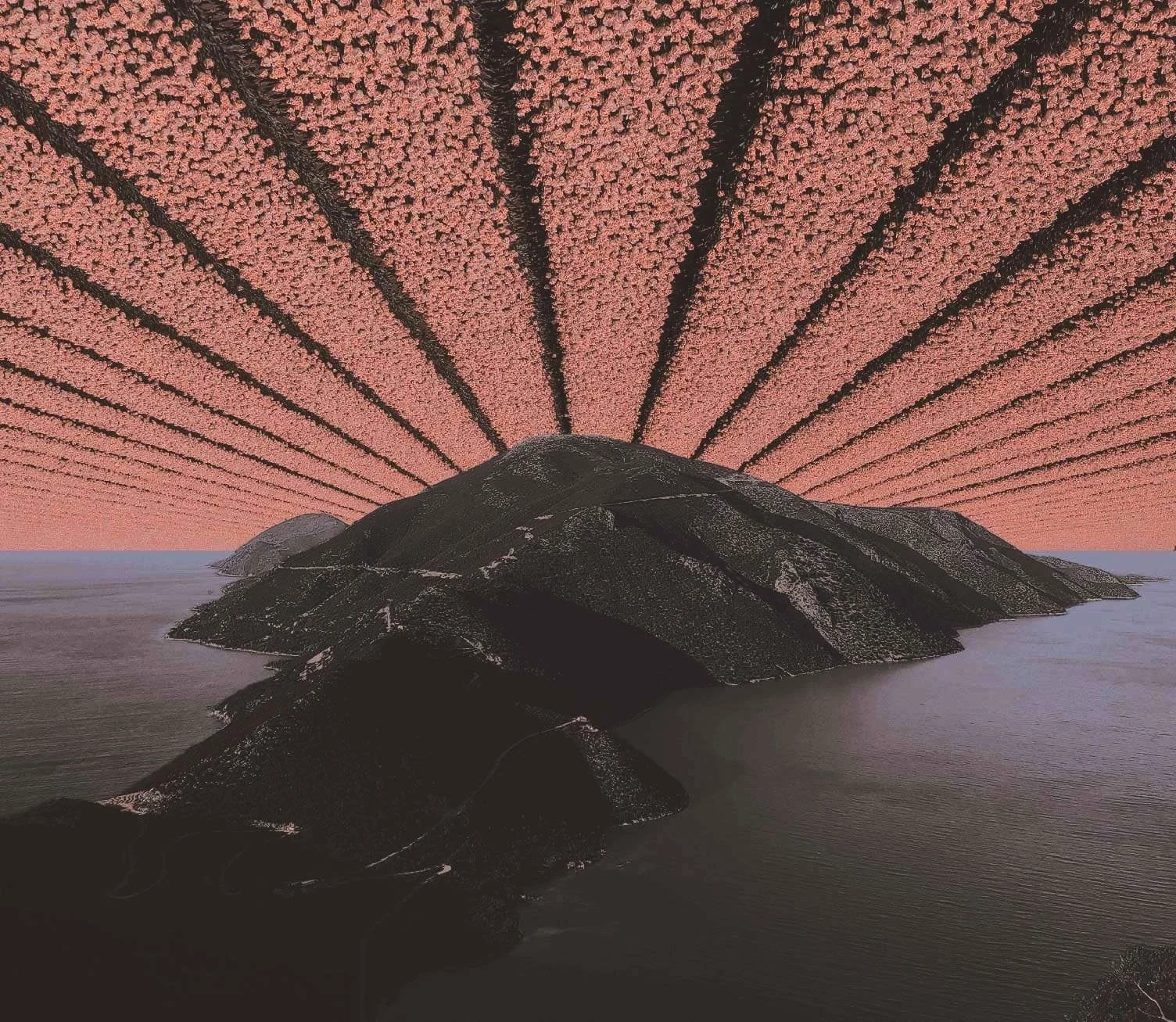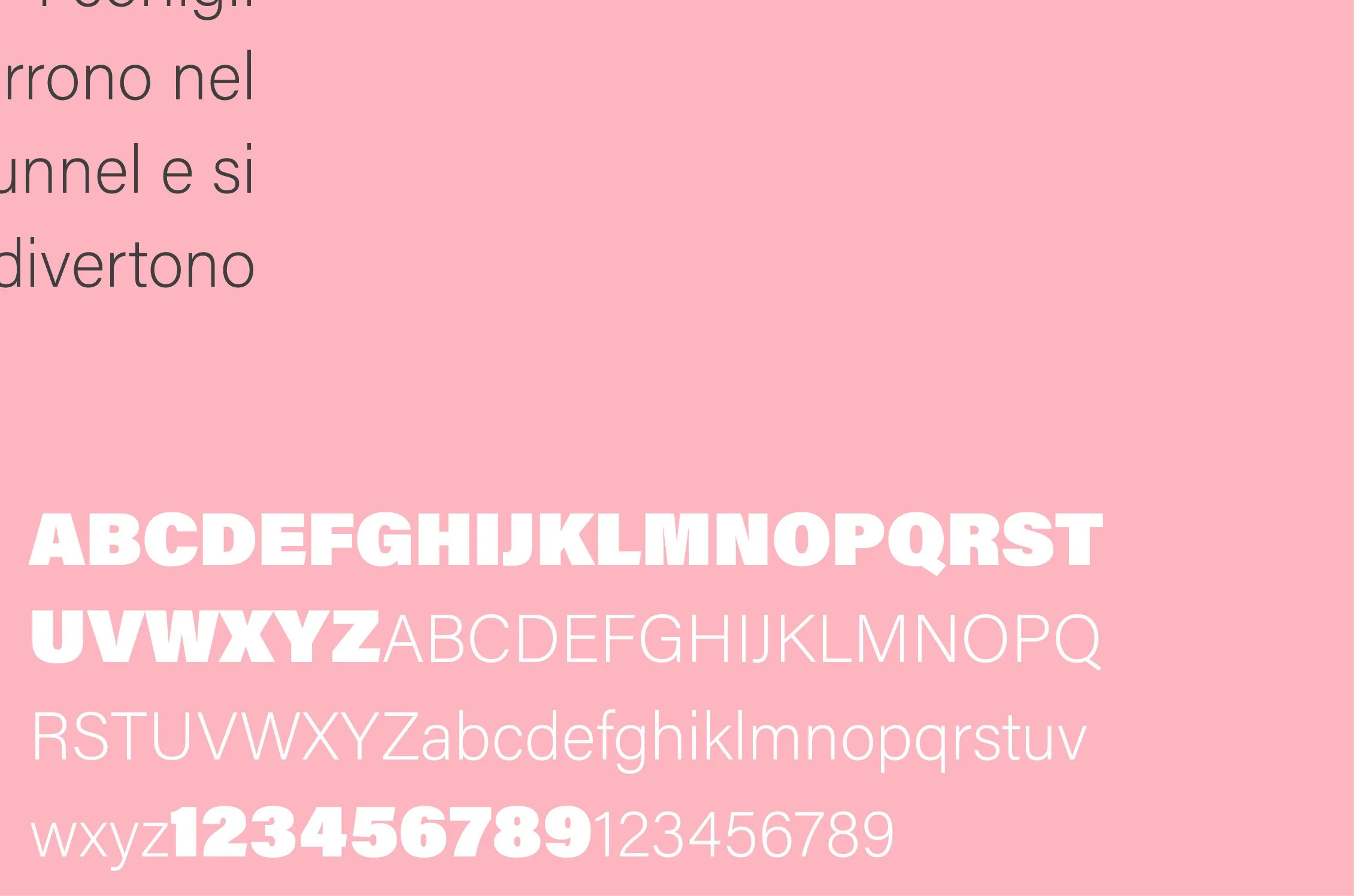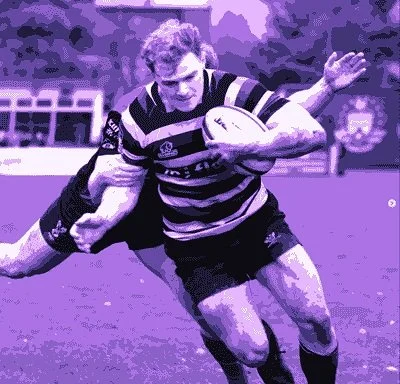THESIS ON MEDIAEVAL AND CONTEMPORARY SACRED ART
Illustration/ Environmental Design/ Architecture/ Art History
THE PROJECT starts with a careful analysis of medieval sacred art and architecture, considering its educational, propagandistic, and symbolic roles, and then makes a critical comparison with contemporary sacred art. Following a pars destruens aimed at critiquing the uses of contemporary sacred art, it presents a pars construens that seeks to “correct the errors” by proposing a laic sacredness that is pantheistic, non-soteriological, and immanent. Based on the above reflections, I designed the structure and interiors of a modern church, along with the corresponding advertising campaign.
THE CHURCH’s structural and iconographic choices are tied to specific intentions. Overall, the aim is to create a space suited to the spiritual needs of humanity, one that facilitates free and authentic modes of worship and implicitly guides visitors away from transcendent salvation, toward an immanent revelation that recognizes the sacredness in the physical and inner reality. This is why a figurative iconography (evoking physicality) is chosen, with hints of dreamlike qualities (alluding to our imaginative inner reality), depicting paradisiacal scenes subtly corrupted by signs—premonitions—of pain and evil (a fire in the background, stormy clouds).
THE CHURCH
The panels on the left and right walls serve as metaphors for the human condition, where individuals (represented as children) journey in discovery of a nature that is infinite and perilous, magnificent and terrifying.
These images guide visitors toward a square room, illuminated from above. The frescoes here reference recurring religious themes, both biblical and beyond, and address the dichotomy of good and evil, with a focus on Saint George and the Dragon—a choice that leverages a millennia-old iconographic memory (consider Perseus and the sea monster).
The figures in the central panel introduce a "Saint George" who, rather than piercing the slimy serpent of evil, is engaged in friendly conversation with a strange creature. The image, without aiming to be overt, hopes to convey, on a subconscious level, the duality of good and evil, where evil is an intrinsic part of reality—it cannot be eradicated, it cannot be healed, and instead of pursuing it, one must domesticate it, engage in dialogue with it. When approached, it appears comical and clumsy.
THE ADVERTISING CAMPAIGN
For the advertising campaign, I sought sustainable, impactful, and enduring solutions that conveyed a sense of authenticity and solemnity, steering away from more commercial practices. The project, therefore, involves creating large-scale murals on the old walls of semi-derelict buildings. The weeks of manual preparation required for the murals are an integral part of the campaign, as they build curiosity and anticipation among passersby. These murals are designed to last for years and can be periodically restored. They serve as an epiphany of what lies within the church.

